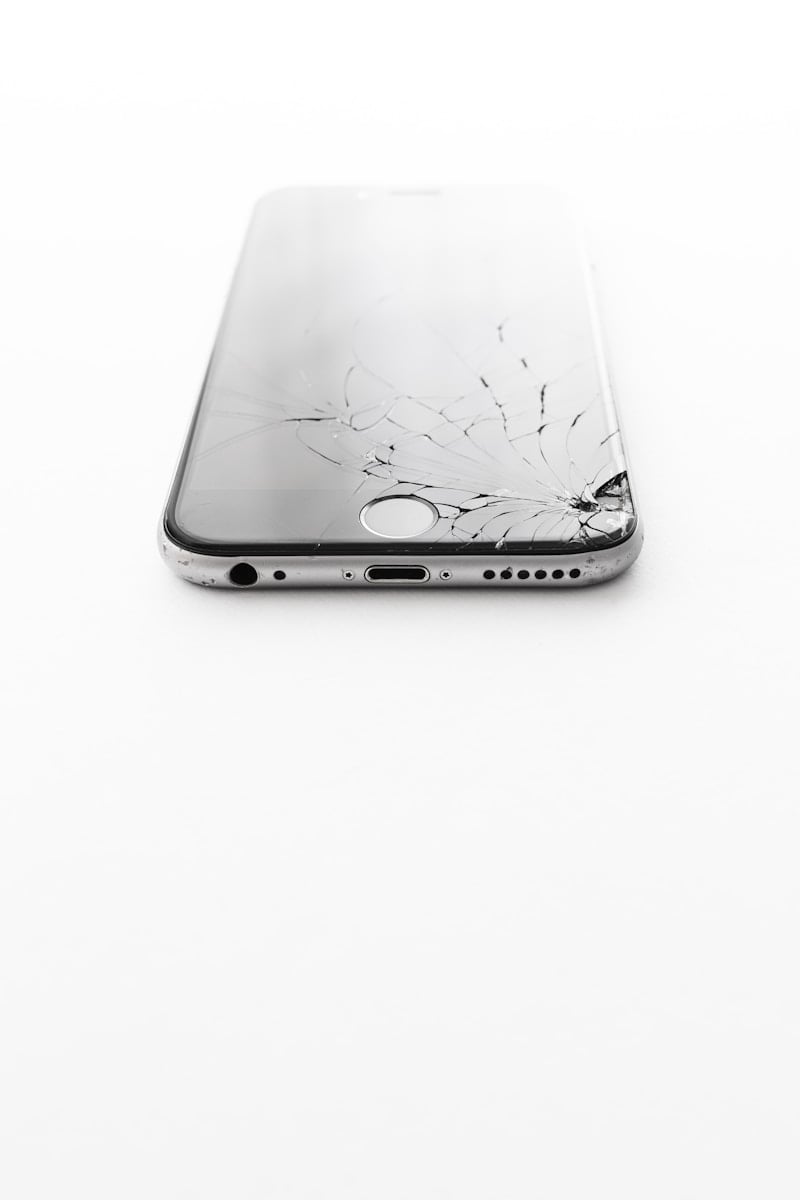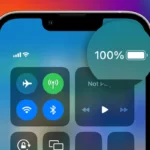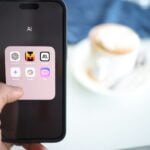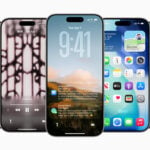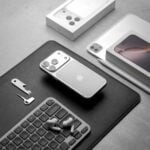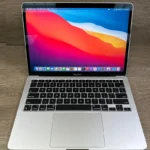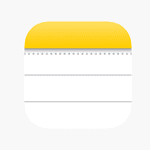When purchasing a new iPhone, many users consider the need for additional screen protection. Apple’s iPhones are well-known for their durability and design, and while the devices come with a temporary film for transport, they do not include a permanent screen protector. This thin film is often mistaken for a screen protector, but its purpose is solely to keep the screen free from scratches or dust during packaging and shipping. Once the iPhone is unboxed, users are left to decide whether to purchase a separate screen protector.
Screen protectors come in various materials like plastic or tempered glass, offering different levels of protection. Apple’s iPhones, starting from the iPhone 12, include the Ceramic Shield, which provides a high level of scratch and drop protection. Despite this, some users opt for additional protection to maintain their iPhone’s screen clarity and integrity from day-to-day use. Installing a screen protector can be straightforward, with many products including alignment tools or kits to ease the process.
Short Answer: No, iPhones Do Not Come with Screen Protectors
According to Apple’s official policy and multiple verified reports, new iPhones do not come with a screen protector pre-installed.
Apple ships iPhones with only the essentials:
- The iPhone itself
- A USB-C to Lightning (or USB-C to USB-C) cable
- Documentation and SIM ejector tool (in some regions)
That’s it — no case, no charger, and no screen protector.
👉 Source: SoftHandTech – “Does the New iPhone Come with a Case?” confirms Apple’s approach: the company focuses on providing the core device and encourages users to choose accessories that fit their preferences.
🔍 So What’s That Film on the Screen?
When you unbox your new iPhone, you’ll notice a thin protective film covering the front and back.
This is not a screen protector — it’s a shipping film meant to prevent scratches during packaging and transport.
- It’s not designed for long-term use.
- It can bubble, peel, or trap dust if left on.
- It offers no real protection against drops or scratches.
Once you remove it, the display is exposed — so if you want to keep your screen pristine, you’ll need to apply a proper tempered glass or film protector yourself.
🧠 Why Apple Doesn’t Include Screen Protectors
Apple’s design philosophy is centered on user choice and minimalism. Here’s why they leave screen protection up to you:
- Customization: Different users prefer different materials — matte, glossy, privacy, or anti-glare.
- Aesthetics: Apple wants the iPhone’s display to look exactly as designed, without any added layer.
- Accessory Ecosystem: Apple partners with brands like Belkin and OtterBox to offer official screen protectors in-store or online.
- Sustainability: By shipping fewer accessories, Apple reduces packaging waste and carbon footprint.
💬 Apple’s stance: The company encourages customers to “choose accessories based on personal needs and preferences,” rather than bundling extras that may go unused.
🧰 What You Can Buy Instead
If you want to protect your iPhone screen, here are your best options:
| Type | Description | Pros | Cons |
|---|---|---|---|
| Tempered Glass | Hard glass layer that absorbs impact | Excellent protection, scratch-resistant | Can crack on impact |
| Film Protector | Thin plastic layer | Lightweight, less noticeable | Less impact protection |
| Privacy Screen | Limits viewing angles | Great for privacy | Slightly dims display |
| Matte Protector | Reduces glare and fingerprints | Smooth texture | Slight color distortion |
💡 Pro Tip: Apple Stores and select retailers offer Belkin screen protector installation using precision machines — ensuring a perfect, bubble-free fit.
🧭 What About Screen Protectors on Carrier or Retail Units?
Some users report buying iPhones (especially from carriers like Verizon or AT&T) that already have a screen protector applied.
However, this is not done by Apple — it’s added by the retailer before sale.
- These protectors are often third-party add-ons.
- They may be included as part of a bundle or promotion.
- Always ask before purchasing to confirm whether it’s applied by the store or manufacturer.
👉 Example: A user on Apple’s official community forum shared that their iPhone 16 Pro from Verizon came with a pre-applied protector — but it was added by the retailer, not Apple.
🧩 Apple’s Accessory Approach: A Minimalist Philosophy
Apple’s accessory strategy has shifted over the years. Starting with the iPhone 12, Apple removed the charger and EarPods from the box to reduce waste.
This same philosophy applies to screen protectors and cases — Apple believes users should customize protection and accessories to their needs.
What’s in the Box (as of 2025):
- iPhone (model of choice)
- USB-C to USB-C charging cable
- Documentation and Apple stickers (in some regions)
- No charger, no case, no screen protector
✅ Key Takeaways
- ❌ Apple does not include screen protectors on new iPhones.
- 🧩 The thin film on the screen is for shipping protection only.
- 🏪 Retailers may apply protectors as part of a store package.
- 🛒 You can buy official Belkin protectors directly from Apple or trusted third parties.
- 🌱 Apple’s minimalist packaging aligns with its environmental goals and user customization philosophy.
📚 Sources
- SoftHandTech: “Does the New iPhone Come with a Case?”
- SoftHandTech: “Does Apple Put on Screen Protectors?”
- Apple Community Discussion: “Screen Protector on New iPhone 16”
- iMore: “What’s in the Box: iPhone 15 and iPhone 15 Pro”
- KnowYourMobile: “Do Apple’s iPhones Come with Screen Protectors?”
Key Takeaways
- iPhones do not come with a permanent screen protector.
- Options for additional screen protection include plastic and tempered glass.
- Installing a screen protector can help maintain the screen’s condition.
Screen Protector Types and Materials
When choosing a screen protector, material and type make a big difference. Here, we explore the most common materials used for iPhone screen protectors.
Tempered Glass Screen Protectors
Tempered glass protectors offer superior protection compared to plastic options. They are made from tempered glass that can withstand high levels of impact, ensuring the phone’s actual screen remains undamaged from drops or falls. A notable feature of these protectors is the 9H hardness rating, indicating they are very resistant to scratches. Brands like Spigen offer products such as the Glas.tR EZ Fit tempered glass screen protector which is easy to apply. Tempered glass often includes an oleophobic coating to repel oils and reduce fingerprints.
Plastic Film Screen Protectors
Plastic film protectors are thinner and more flexible than their glass counterparts. They are crafted from materials like Polyethylene Terephthalate (PET), providing a basic level of scratch resistance. While they can safeguard against minor abrasions, these films generally offer less protection from impacts. Some protectors feature enhancements such as an anti-glare coating to reduce reflections or a privacy layer that shields the screen from side views. ESR Armorite screen protector is an example that offers a balance of clarity and resistance, though it may not be as robust as glass alternatives.
Compatibility and Installation
Selecting the right screen protector for your iPhone ensures the best fit and protection. It’s important to know which protectors are compatible with different iPhone models and how to properly install them for long-lasting use.
Compatibility with Different iPhone Models
Compatibility is key when choosing a screen protector. Most screen protectors are designed to work with specific iPhone models, ensuring access to all buttons and sensors. For example:
- iPhone 11 Screen Protectors: Designed for iPhone 11 but also fits iPhone XR.
- iPhone 12 Series: Screen protectors usually fit the iPhone 12, iPhone 12 Pro, and often the iPhone 12 mini.
- iPhone 13 Series: Protectors designed for iPhone 13 also fit iPhone 13 Pro, but not always iPhone 13 mini or iPhone 13 Pro Max.
- iPhone 14: It shares the same screen protector size as the iPhone 13 and iPhone 13 Pro.
- iPhone 15 Series: Size might differ; check for exact compatibility, especially with Pro models.
Popular brands like Spigen and OtterBox offer a variety of screen protectors, including the Spigen EZ Fit for precise alignment and OtterBox Amplify Glass for enhanced strength.
Installation and Maintenance
Proper installation is important for ensuring screen clarity and touch sensitivity. Each screen protector often comes with accessories to aid installation:
- Wet Wipe: To clean the screen.
- Dust Removal Sticker: To remove any remaining dust particles.
- Alignment Tool: To place the protector correctly.
Here are the steps for Installation:
- Clean the screen with the wet wipe and dry it.
- Use the dust removal sticker to clear away dust.
- Use the alignment tool provided by brands like Ailun to place the protector.
Once installed, maintain the screen protector by regularly cleaning it with a soft, lint-free cloth. Screen protectors with an oleophobic coating are scratch-resistant and reduce fingerprints, making them easier to clean. Remember, proper maintenance can extend the life of the screen protector significantly.

